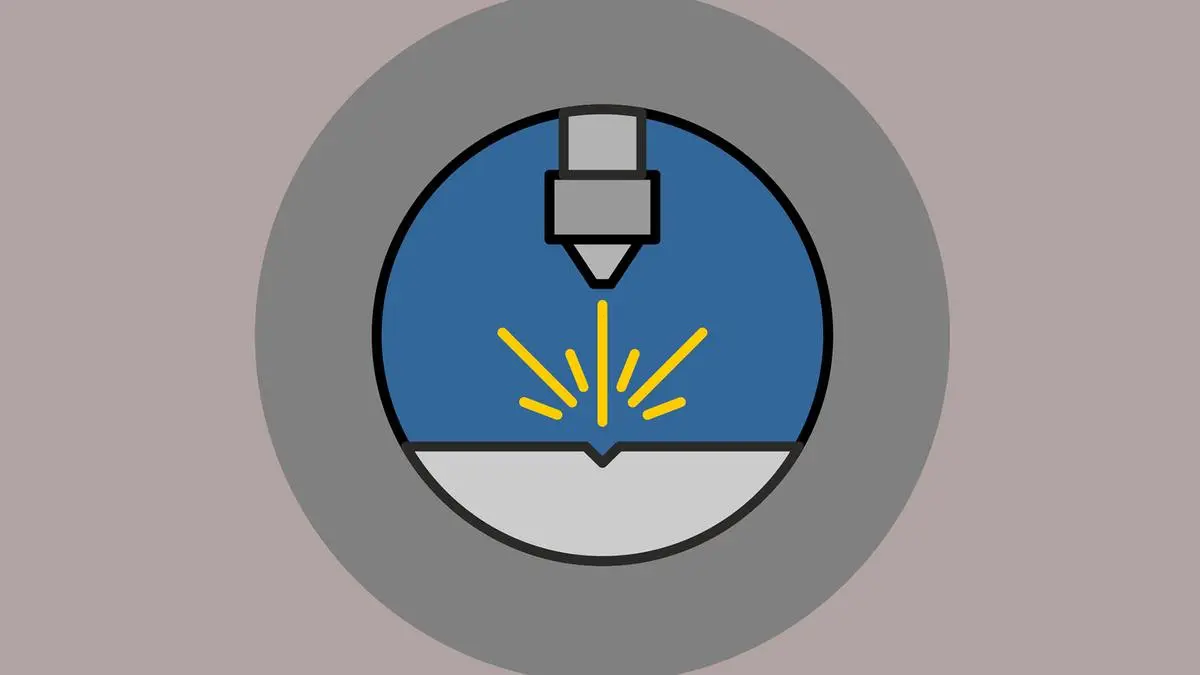A new hybrid machining method is set to revolutionise how we shape extremely tough materials like inconel 625 (IN625) — a nickel-based superalloy used in aerospace, nuclear, chemical and power generation industries.
Called laser-assisted turning (LAT), the method was developed by researchers at the International Advanced Research Centre for Powder Metallurgy and New Materials (ARCI), Hyderabad, under the Department of Science and Technology.
It combines laser heating with traditional mechanical cutting, significantly easing the challenge of machining superalloys.
IN625 is prized for its strength, corrosion resistance and heat tolerance, but it’s notoriously difficult to cut, wearing down tools quickly and producing poor surface finishes.
The LAT technique solves this by using a high-powered laser (up to 2,500 W) to preheat the material ahead of using the cutting tool. This softens the surface, thereby reducing resistance, improving tool life and delivering smoother finishes.
Researchers tested both uncoated tungsten carbide tools and those coated with chromium-aluminum-silicon nitride nanocomposite.
The results showed 69 per cent less cutting force, 46 per cent less tool wear and 56 per cent improved surface finish, says a press release.
The team also integrated this technique into a CNC (computer numerical control) turn-mill centre, with real-time monitoring and customised adapters. They studied how tool wear changes with temperature, shifting from abrasion at room temperature to oxidation at high heat — insights useful for predicting tool lifespan.
This innovation not only boosts manufacturing precision and efficiency, but also supports India’s goals for advanced domestic manufacturing and clean technology adoption.
Biochemists use AI to study ‘intelligence’ in proteins
Can a molecule, made of atoms, show signs of intelligence? A team at the Bose Institute, Kolkata, under the Department of Science and Technology, explored this question and found surprising results.
Led by Prof Shubhra Ghosh Dastidar and his student Nibedita Ray Chaudhuri, the researchers studied TAK1 kinase, a protein crucial to immune responses, inflammation and cell survival.
They discovered that TAK1, a highly organised assembly of atoms, can display basic, context-driven responses, resembling rudimentary intelligence.
Their work, published in the Journal of Chemical Information and Modeling, bridges biochemistry and machine learning (ML) — a branch of artificial intelligence (AI). It’s part of a larger trilogy of research on TAK1, conducted between 2023 and 2025.
Proteins like TAK1 are made from long chains of amino acids, which fold into specific 3D shapes to become functional. These shapes form through countless electrostatic interactions among atoms — a kind of internal wiring that gives each protein a unique identity.
The study suggests that this internal wiring in TAK1 acts like a memory system, evolving over time and allowing the protein to process signals, adapt and respond based on its environment.
It can detect both chemical signals and remote physical cues from other molecules and adjust its activity accordingly — a feature the researchers describe as pseudo-intelligence.
This research opens new paths in understanding how molecular systems might perform intelligent-like functions, using insights from both biology and AI.
More Like This
Published on August 11, 2025
